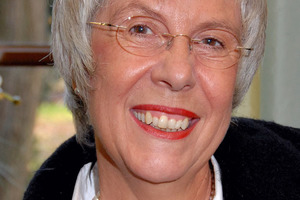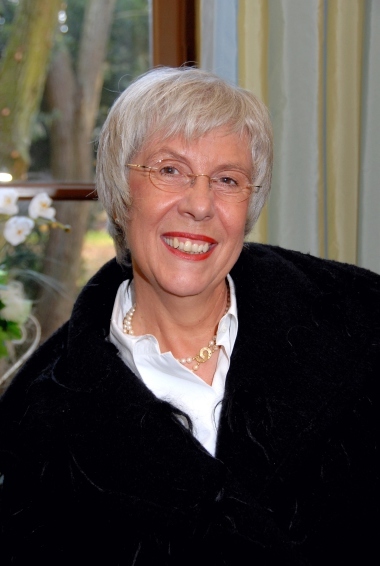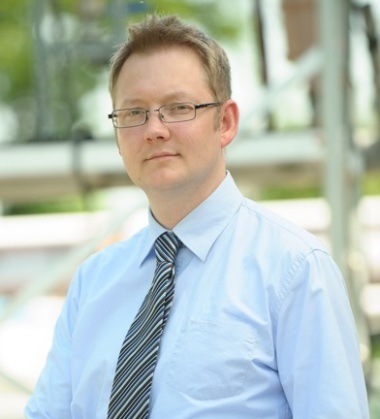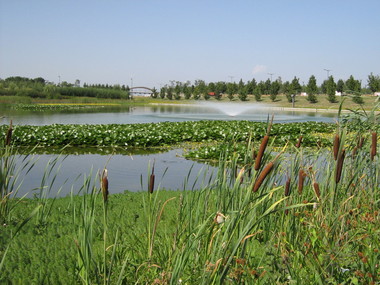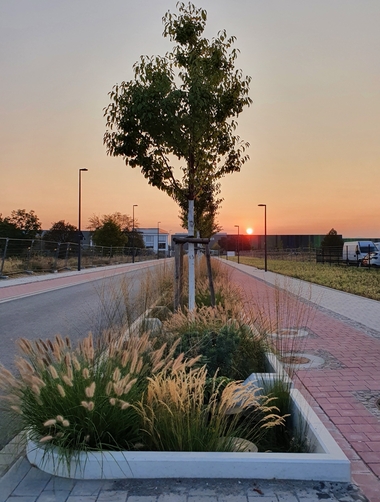Projects for water reuse
Whilst the European Union has been promoting the reuse of treated wastewater in the Urban Waste Water Treatment Directive since as early as 1991, some maps show even today that the number of regions suffering from water scarcity is not quite as high as other authors strongly proclaim it to be. The problems associated with climate change and water scarcity include salinization of the groundwater, highly unpredictable flood incidents and extended drought incidents. Efforts and measures are now being implemented around the globe to address the challenges based on water scarcity and the problems associated with it in large urban areas.
These include:
Rainwater management in built-up residential areas
Façade and roof greening
Urban gardening
Planted noise barriers
Seawater desalination plants
The use of treated wastewater in agriculture is also increasingly taken into consideration or put into practice. There are no technical limits to any of the applications listed above, as it is possible to even turn wastewater into drinking water again, which has been implemented for some considerable time in California or Namibia.
Known projects aiming to reduce water scarcity and contribute to climate improvement include the conceptual design of urban districts which reduce water and energy consumption while generating energy and using rainwater at the same time. A well-known example of this is the redevelopment of Hammarby Sjöstad, a district of Stockholm in Sweden. The measures put into practice in this project are primarily aimed at the reduction of water consumption and the effective recycling or drainage of rainwater. [1]
The residential complex on the old racetrack in Hamburg Farmsen can be considered a good German example of skillful rainwater management, where sustainable rainwater management is combined with bodies of water enhancing the residential environment while at the same time having a positive influence on the quality of living. [2]
The best-known project of vertical planting or façade greening (called Bosco Verticale) are the two residential towers Torre E and Torre D in Milan. Architect Stefano Boeri built the two spectacular structures between 2008 and 2013. All planting was done directly. Considered a community installation, the planting is maintained by gardeners and irrigated from a service water tank installed in the basement of the buildings. The main purpose of these buildings was, and is, to serve as a stepping stone for nature to enter the city on the one hand, and to reduce noise and dust in the city on the other. [3]
The latest development in the context of reducing water scarcity is indoor farming in urban environments using the nutrient potentials of wastewater as well as heat and energy. The best-known German project, Roof Water Farm, was initiated as early as 2013 by TU Berlin and the Fraunhofer Institute for Environmental, Safety, and Energy Technology (Fraunhofer-Institut für Umwelt-, Sicherheits- und Energietechnik; UMSICHT) in an apartment block in Berlin Kreuzberg, and funded by the German Federal Ministry of Education and Research (Bundesministerium für Bildung und Forschung; BMBF). Vegetables and fruit are grown here, with tench and catfish thriving at the same time. In the first step of the project, greywater was purified and fed into the fishponds, and the water from the ponds was then used to irrigate the beds. The project was expanded in 2015; the nutrients extracted from blackwater are now processed into a fertilizer that is fed, in liquid form, to the plants growing in the greenhouses as hydroponics. The final report is available. [4]
Many engineers, natural scientists and architects working in the field of water, wastewater and urban development are now ready to implement concepts for minimizing water scarcity and improving urban climate that have already been successfully applied in the past. It calls for just a little rethinking in the area of urban design and by potential investors to keep the use of water easy and possible for future generations.

